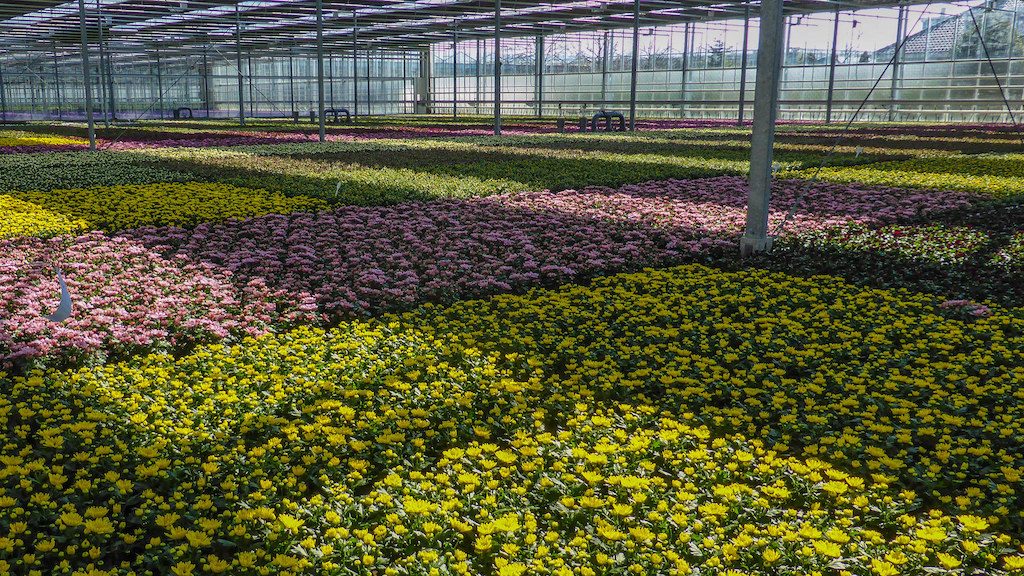Netherlands – Geothermal as key element to green up greenhouse operations
Geothermal heating has played a big role in the greenhouse operations in the Honselersdijk and Kwintsheul areas in the Netherlands.
It is reported that companies in the Dutch Vogelaer area in Honselersdijk, Netherlands are now using more than 80% of the heat that is generated from a geothermal well that started producing in 2017. The geothermal heat project of Nature’s Heat and the associated heating network is heating 64 hectares of greenhouses. The success of these projects shows that geothermal heat offers a solution towards fossil-free greenhouse horticulture.
The initiators of the project, Henry Janssen (Vogelaer) and Paul van Schie (Nature’s Heat) recently talked about their experience with the projects during a pitch on Greenhouse as Energy Source during Horticontact in Gorinchem, as reported by Floral Daily.
Henry Janssen grows large tropical plants for zoos, swimming pools, and shopping centers. Together with six other shareholders, he initiated the Vogelaer geothermal heat project. According to Janssen, the long two-year starting period for the project was disappointing. However, the well and the associated heating grid has now resulted in savings of 13.5 million cubic meters of natural gas. He hopes that another well could be drilled to expand its customer base. Currently, natural gas is still needed to cover the peak demand. But there is hope that in the future all heat demand can be covered by green energy alternatives.
Tomato grower Paul van Schie is the initiator of the Nature’s Heat geothermal project. He owns the geothermal well together with eight other growers. According to Van Schie, the well performed as expected within its first year. Right now, the geothermal heat is used as base load all year round but Van Schie is busy optimizing the additional heat sources via the CHPs and boilers of the participating companies.
Source: Floral Daily


















